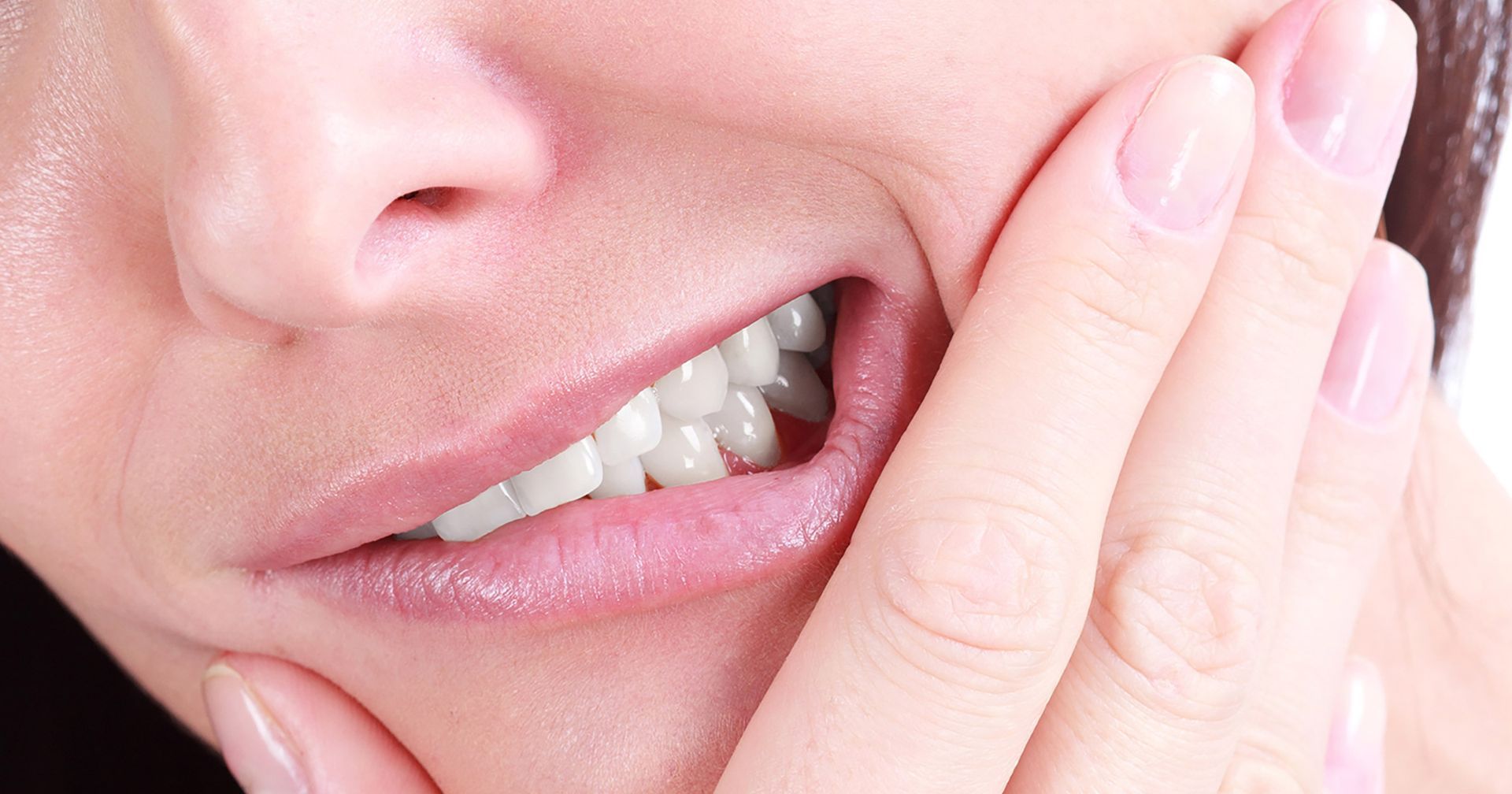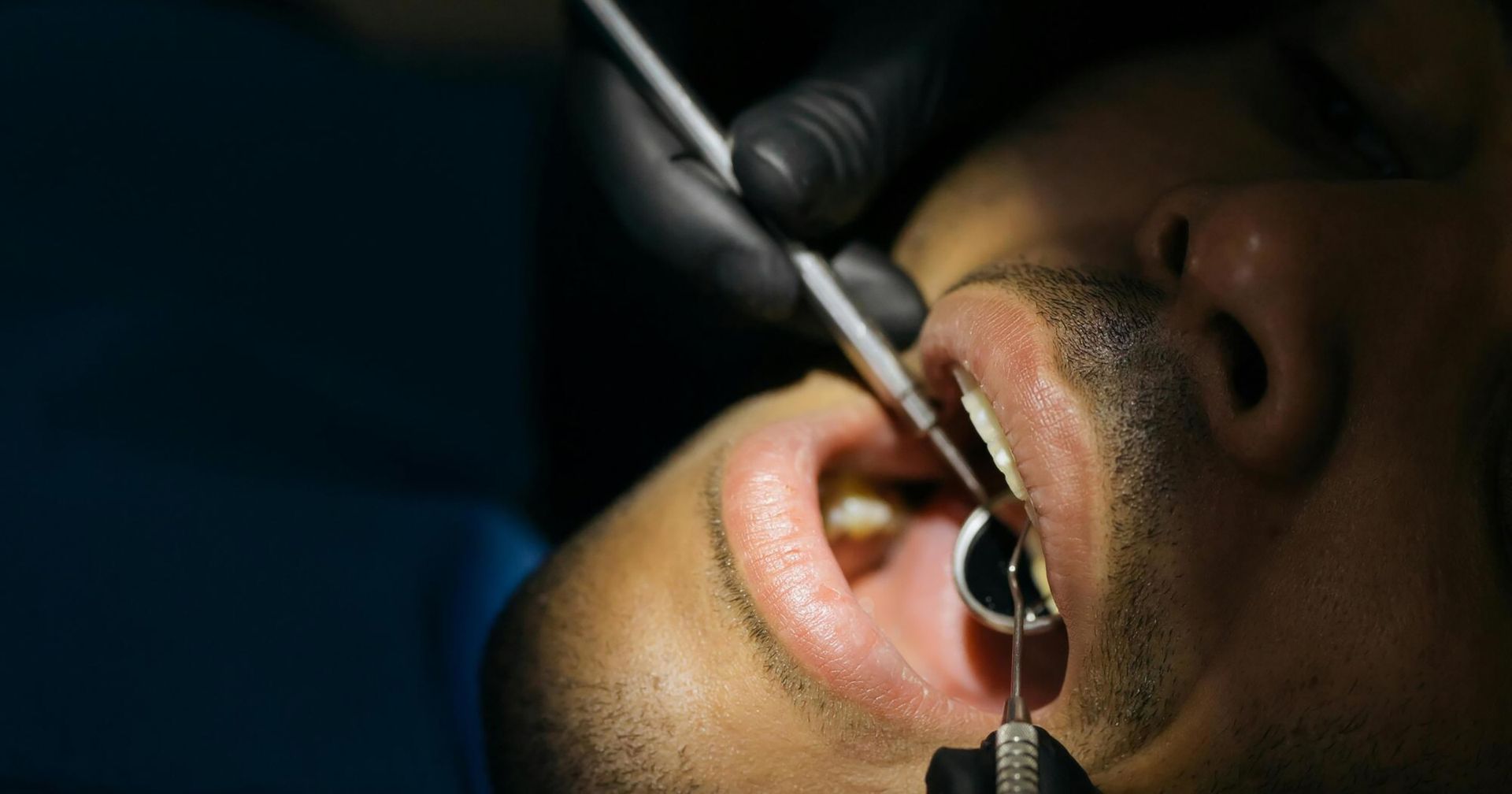
Looking to fix damaged teeth? Discover effective restorative dentistry procedures to revive your smile. Book a consultation and learn more about your options.
A bright, functional smile does more than boost your confidence - it plays a vital role in overall health and wellness. But life happens. Whether it's from decay, trauma, age, or wear and tear, teeth can become damaged over time.
The good news is that restorative dentistry procedures offer effective solutions to repair and restore teeth, restoring your comfort, appearance, and bite.
Restorative dentistry focuses on diagnosing and treating dental issues to return teeth to optimal function and structure. From minor fillings to complete smile reconstruction, dentists today have access to advanced tools and materials that can save even severely damaged teeth.
In this guide, we'll explore common types of tooth damage, the best tooth restoration options available, and how they help maintain long-term dental health.
What Is Restorative Dentistry?
Restorative dentistry refers to any dental procedure that repairs or replaces a damaged tooth. It includes a wide range of treatments-from simple fillings to full-mouth reconstructions.
Common goals of restorative dentistry include:
- Restoring function (biting and chewing)
- Fixing damaged teeth (structurally)
- Eliminating pain or sensitivity
- Preventing further decay or damage
- Enhancing appearance
- The right treatment depends on:
- The severity of the damage
- The location of the tooth
- The patient's overall oral health
Common Causes of Tooth Damage
Teeth can be compromised for various reasons. Understanding the root cause helps determine the most effective restorative approach.
1. Tooth Decay (Cavities)
Cavities are caused by bacteria that eat away at enamel. If left untreated, they can progress into the deeper layers of the tooth, leading to:
- Pain
- Infection
- Tooth loss
2. Cracked or Fractured Teeth
This damage often results from accidents, grinding, or biting down on hard objects. Even small chips or cracks can worsen over time.
3. Worn-Down Teeth
Teeth can wear down due to aging, acid erosion, or bruxism (grinding). This makes them weaker and more prone to damage.
4. Trauma
Sports injuries, falls, or car accidents can result in chipped, broken, or dislodged teeth. That's why wearing a mouth guard is highly recommended during sports.
5. Failed Dental Work
Old fillings or crowns can become loose or deteriorate, requiring replacement. Going to a certified and trained dentist is highly important.
Top Restorative Dentistry Solutions
There are many treatments dentists use to restore damaged teeth. Here are some of them:
1. Dental Fillings
Best for: Small to moderate cavities and minor cracks.
Fillings are the most basic form of restorative care. The decayed portion of the tooth is removed and filled with a material like composite resin, amalgam, or gold.
Benefits:
- Quick and affordable
- Matches natural tooth color (for composite fillings)
- Prevents decay from spreading
2. Dental Crowns
Best for: Severely decayed, broken, or root canal-treated teeth.
Crowns are custom-made caps that cover the entire tooth. They restore strength, shape, and function while protecting the remaining natural tooth structure.
Materials include:
- Porcelain (aesthetic, tooth-colored)
- Metal alloys (durable, often used on molars)
- Porcelain-fused-to-metal (a mix of strength and beauty)
Benefits:
- Long-lasting solution
- Restores full function
- Enhances appearance
3. Root Canal Therapy
Best for: Infected or inflamed tooth pulp (often due to deep decay or trauma).
A root canal removes the infected pulp, cleans the inside of the tooth, and seals it. A crown is often placed afterward to protect the tooth.
Benefits:
- Saves natural tooth
- Eliminates pain
- Prevents the spread of infection
4. Dental Bridges
Best for: Replacing one or more missing teeth.
A bridge consists of one or more artificial teeth (pontics) anchored by crowns on adjacent natural teeth.
Benefits:
- Restores appearance and function
- Prevents teeth from shifting
- Permanent and stable solution
5. Dental Implants
Best for: Permanently replacing single or multiple missing teeth.
Implants involve placing a titanium post into the jawbone, topped with a crown. They function and feel like real teeth.
Benefits:
- Most durable tooth replacement
- Preserves jawbone health
- Can support dentures or bridges
6. Inlays and Onlays
Best for: When damage is too extensive for a filling but not enough for a crown.
Inlays fit within the tooth's chewing surface; onlays cover one or more cusps.
Benefits:
- Custom fit and strong
- Conserves more tooth structure than a crown
- Often made of porcelain or composite resin
7. Dentures (Full or Partial)
Best for: Replacing several or all missing teeth.
Dentures are removable appliances that restore function and appearance. Full dentures replace an entire arch; partials fill gaps between remaining teeth.
Benefits:
- Improves chewing and speech
- Affordable option for multiple missing teeth
- Can be supported by implants for added stability
Restorative Dentistry: More Than Cosmetic
While restoring your smile does boost self-esteem, restorative dentistry is fundamentally about health. Missing or damaged teeth can lead to:
- Difficulty chewing or speaking
- Increased risk of gum disease
- Bone loss in the jaw
- Changes in facial structure
- Shifting of adjacent teeth
Early treatment is key to preventing these complications. If you're experiencing pain, sensitivity, or visible damage, don't delay seeing your dentist.
What to Expect During Restorative Treatment
Restorative procedures vary in complexity. Here's a general overview of the process:
- Evaluation: A dentist will assess the damage with a clinical exam and X-rays.
- Treatment Planning: You'll receive recommendations tailored to your needs, health, and budget.
- Procedure: Depending on the treatment, it may take one or multiple visits.
- Aftercare: Your dentist will provide instructions for care, pain management, and follow-ups.
How to Maintain Restorative Work
After investing in dental restorations, proper care helps them last for years. Here's how:
- Brush twice daily with fluoride toothpaste
- Floss daily to remove plaque between teeth
- Avoid hard or sticky foods if you have crowns or fillings
- Visit the dentist regularly for checkups and cleanings
- Wear a mouthguard if you grind your teeth or play sports
Restorative Dentistry Procedures - We Are Ready For You
Whether your teeth are damaged from decay, trauma, or age, restorative dentistry procedures offer a reliable path to regain comfort, confidence, and functionality.
At Galvez Dental, we have been serving our community's dental needs for over 40 years. Your oral health is our focus, and we will use appropriate tooth restoration options to make sure your smile is as healthy as possible.
Visit our office in Stockton, CA, today and feel the difference.










